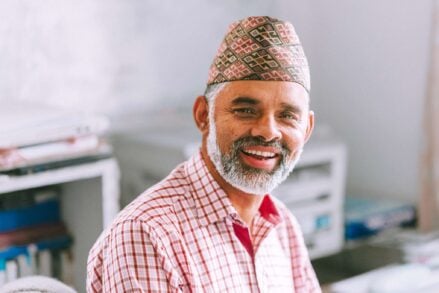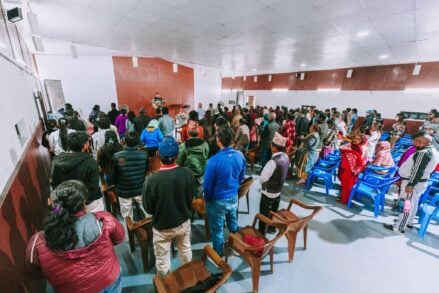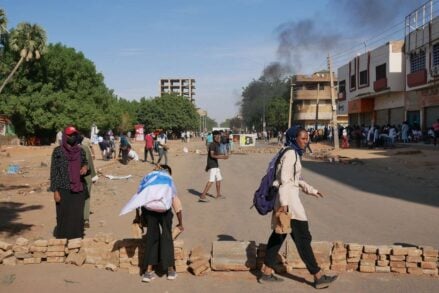Garissa University College.
In the quiet, pre-dawn chill the shooting started.
Militant Islamic terrorists stormed the campus of Garissa University College in Kenya, targeting early-morning Christian services and the school’s dormitories. Muslims were released. Christians were killed or taken hostage. By the time military forces had captured or killed the terrorists, 147 college students were dead.
For many Westerners, the April 2015 massacre was the first time they ever heard of the group who claimed responsibility for the shootings: al-Shabaab. Far less notorious than ISIS or al-Qaeda, al-Shabab is nonetheless a force of terror in Somalia and its neighboring countries, specifically targeting Christians.
Here are five things you need to know about this group.
Who is al-Shabab?
al-Shabab is a splinter group of al-Ittihad al-Islami (AIAI), a Somali terrorist group allegedly funded at one time by Osama bin Laden. When AIAI chose to form a political front a younger contingent of the group separated, wanted instead to create a fundamentalist Islamic state. Al-Shabaab’s name literally means “the youth,” reflecting a newer, even more radical generation of Islamic extremists.
window.addEventListener(‘LPLeadboxesReady’,function(){LPLeadboxes.addDelayedLeadbox(‘146f2f073f72a2:144c6334a946dc’,{delay:’2s’,views:0,dontShowFor:’4d’});});
al-Shabab’s Territory
al-Shabab has largely been driven out of major cities, however, their influence is still felt all over Somalia and surrounding regions. al-Shabab specifically targets villages in rural areas, slaughtering resistance and declaring Sharia law (an ultra-strict adherence to a literal interpretation of the Koran).
The famine in Somalia has been made far worse by al-Shabab’s reach in these outlying areas. Al-Shabab is intent on driving out all vestiges of Western culture, which they see as a pollutant. Originally they pledged to allow aid groups to ship food throughout Somalia but they have since betrayed that promise and make food transportation to the villages that need it most nearly impossible.
al-Shabab’s Partnerships
Al-Qaeda and al-Shabab have had a partnership for years, with al-Shabaab’s former leader declaring allegiance to al-Qaeda in 2012. There have been numerous reports of al-Shabab partnering with Boko Haram in Nigeria, as well as other al-Qaeda forces in the Sahara Desert.
Most troubling currently is al-Shabab’s close relationship with ISIS. At one point, al-Shabab considered officially joining the Islamic State—they both have goals of a strict Sharia law, enforced in as brutal a way as necessary. While this didn’t occur, the groups still are very much compatible.
What is the Future of al-Shabab in Somalia?
No one really knows, but the best hope for al-Shabab’s influence being driven back is a stronger central Somali government. In February, Mohamed Abdullahi Mohamed was elected president by the Somali Parliament Members creating the possibility of a relatively stable government for the first time in over 20 years. Much of al-Shabab’s initial appeal was their ability to bring stability to war-torn regions; however, the famine has made it clear al-Shabaab can provide very little while actively keeping villagers from the aid they need.
If the Somali government can grow in strength and stability—and if more employment options can spread to rural areas—al-Shabab’s influence will quickly wain.
For Christians then our prayer is that God would provide a strong, just government for the Somali people, that He would rise up forces to overthrow al-Shabab, that He would miraculously change the hearts of al-Shabab’s leaders, and that God’s people faithfully following him would have boldness and courage as they resist al-Shabab’s influence.







